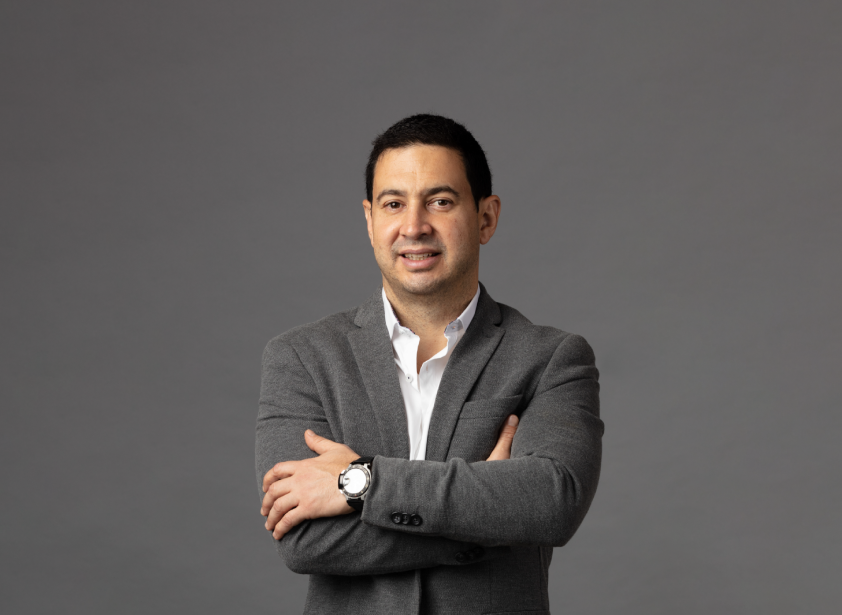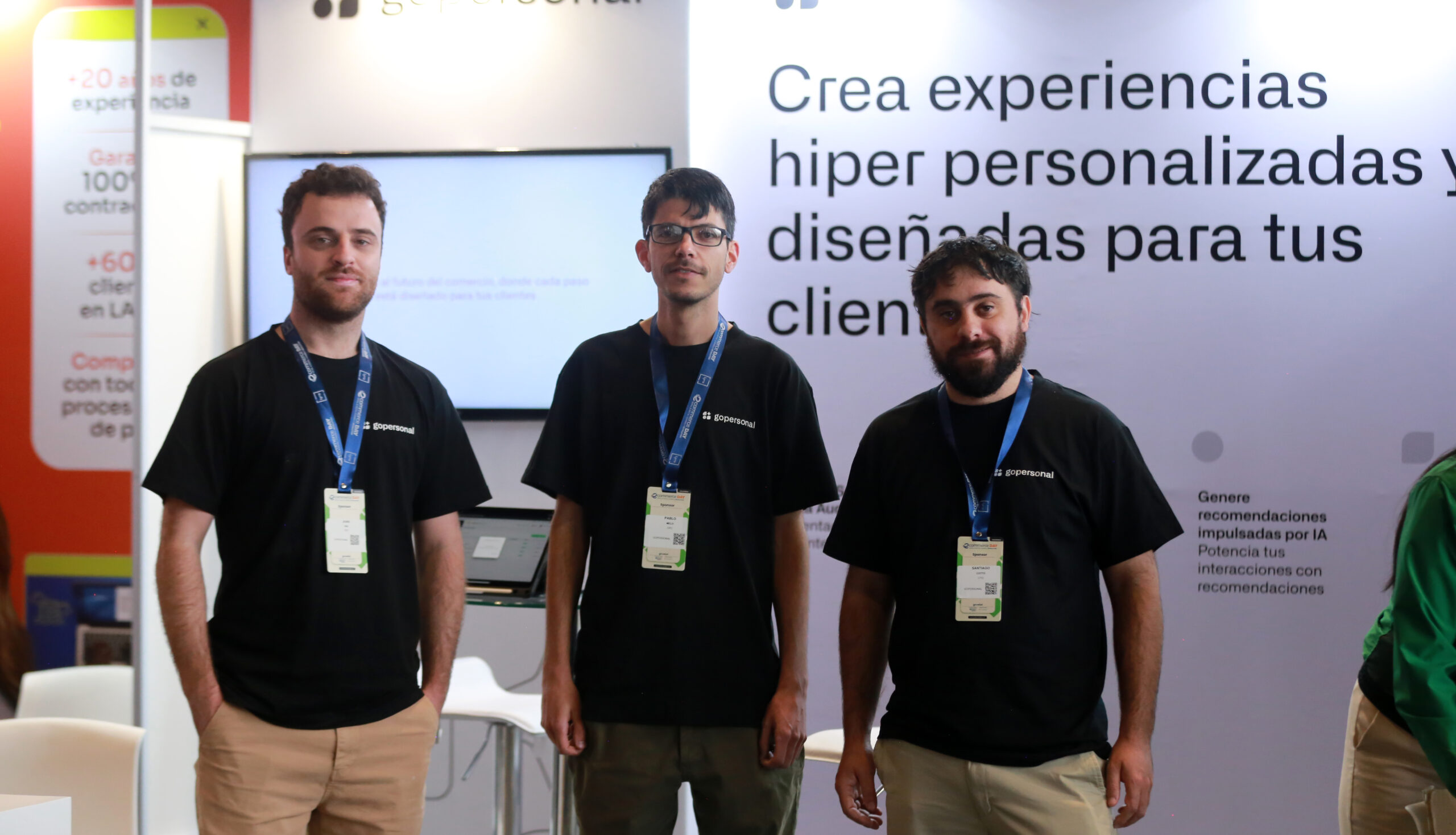Customer interviews are a crucial aspect of any startup founder's journey. They are the best way to understand the needs and pain points of your target audience, and to create a product or service that truly solves their problems. However, conducting customer interviews can be a daunting task, especially for those who are new to the process.
This article provides a detailed step-by-step guide for startup founders on how to conduct great customer interviews. It includes tips on how to set clear goals, find the right customers, design effective interview questions, create a good environment, and analyze the results. Additionally, it includes a script template that can be used as a guide during the interview process.
By following the advice in this article, startup founders can conduct customer interviews that deliver valuable insights and help them create products or services that truly meet the needs of their target audience. Whether you're a seasoned entrepreneur or just starting out, this guide will provide you with the tools and knowledge you need to succeed in your customer interview process.
Preparing for the Interview
Before conducting a customer interview, it's important to prepare yourself and your questions. This section outlines the key steps to take before conducting an interview, including defining your objectives, identifying your target customer, and creating a list of questions.
Defining Your Objectives
Before conducting an interview, it's essential to define your objectives. What do you hope to learn from the interview? What insights do you need to gain to improve your product or service? By defining your objectives, you can create a structured interview that focuses on the most important questions.
Identifying Your Target Customer
Knowing who your target customer is crucial to conducting a successful interview. By identifying your target customer, you can ensure that your questions are tailored to their specific needs and preferences. Start by creating buyer personas that represent your ideal customer. This will help you focus your questions on the most relevant topics.
Creating a List of Questions
Once you've defined your objectives and identified your target customer, it's time to create a list of questions. Your questions should be open-ended and designed to elicit detailed responses. Consider using a mix of closed-ended and open-ended questions to gather both quantitative and qualitative data.
Here is a sample script template you can use:
| Section | Question |
|---|---|
| Introduction | Can you tell us a little about yourself? |
| Problem | What problem were you trying to solve when you decided to use our product/service? |
| Solution | How did our product/service solve your problem? |
| Experience | Can you describe your experience using our product/service? |
| Feedback | Do you have any feedback or suggestions for improving our product/service? |
| Conclusion | Is there anything else you'd like to add? |
Conducting the Interview
Now that the startup founder has prepared for the customer interview, it is time to conduct the interview. This section will provide tips on building rapport, asking open-ended questions, listening actively, and asking follow-up questions.
Building Rapport
Building rapport is essential to creating an environment where the customer feels comfortable sharing their thoughts and opinions. The startup founder should begin the interview by introducing themselves and explaining the purpose of the interview. They should also thank the customer for their time and express their appreciation for their willingness to participate.
The startup founder should also try to establish common ground with the customer. They can do this by asking about the customer's background, interests, or hobbies. This will help the customer feel more comfortable and establish a connection between the two parties.
Asking Open-Ended Questions
Asking open-ended questions is crucial to getting detailed and informative responses from the customer. Open-ended questions are questions that cannot be answered with a simple "yes" or "no." Instead, they encourage the customer to provide more detailed answers.
The startup founder should begin by asking broad questions about the customer's experience with the product or service. They can then ask more specific questions to gather more detailed information. For example, "Can you tell me more about how you use the product on a daily basis?" or "What problems have you encountered while using the product?"
Listening Actively
Active listening is essential to conducting a successful customer interview. The startup founder should focus on listening to the customer and not interrupting them while they are speaking. They should also take notes to ensure they capture all the important information.
The startup founder should also pay attention to the customer's body language and tone of voice. This can provide additional insights into how the customer feels about the product or service.
Asking Follow-Up Questions
Asking follow-up questions is an excellent way to gather more detailed information from the customer. The startup founder should ask follow-up questions to clarify any points the customer has made or to gather more information on specific topics.
They can also use follow-up questions to probe deeper into areas where the customer has provided vague or unclear answers. For example, "Can you tell me more about what you mean by that?" or "Can you provide an example of what you are referring to?"
By following these tips, the startup founder can conduct a successful customer interview and gather valuable insights into their product or service. The following section will provide a sample script template that the startup founder can use during the interview.
Analyzing the Results
After conducting customer interviews, the next step is to analyze the results to identify patterns and extract insights that can help improve the product or service. This process involves going through the notes from the interviews and identifying common themes and issues that customers mentioned.
Identifying Patterns
One way to identify patterns is to create a table that lists the questions asked during the interview and the answers provided by each customer. This table can help to identify common responses and themes that emerged during the interviews.
Another way to identify patterns is to use a mind map or a flowchart to visualize the relationships between different topics that customers discussed during the interviews. This can help to identify the most important topics and issues that customers care about the most.
Extracting Insights
Once patterns have been identified, the next step is to extract insights from the data. This involves looking for trends and patterns that can help to inform decisions about product development and marketing.
One way to extract insights is to group the themes and issues identified during the interviews into categories based on their relevance to the product or service. This can help to identify the most important areas that need improvement or further development.
Another way to extract insights is to look for quotes or statements made by customers that provide insight into their needs, wants, and pain points. These quotes can be used to inform marketing messages and product positioning.
Overall, analyzing the results of customer interviews is an important step in the product development process. By identifying patterns and extracting insights, startups can gain a deeper understanding of their customers and develop products and services that meet their needs and expectations.
Final thoughts
Conducting customer interviews is an essential part of building a successful startup. By following the steps outlined in this guide, founders can gain valuable insights into their customers' needs and preferences, and use this information to improve their products and services.
First, it is important to set clear goals for the interviews and identify the right customers to interview. Then, founders should design their interview questions carefully and create a good environment for the interview. During the interview, it is important to listen carefully to the customer's responses and ask follow-up questions as necessary.
After conducting the interviews, founders should analyze the results carefully and use this information to inform their product development and marketing strategies. By following these steps, founders can ensure that they are building products and services that meet their customers' needs, and that they are positioning their business for long-term success.
Overall, customer interviews are an essential tool for startup founders who want to build successful businesses. By taking the time to understand their customers' needs and preferences, founders can create products and services that truly meet their customers' needs, and build a loyal customer base that will support their business for years to come.













